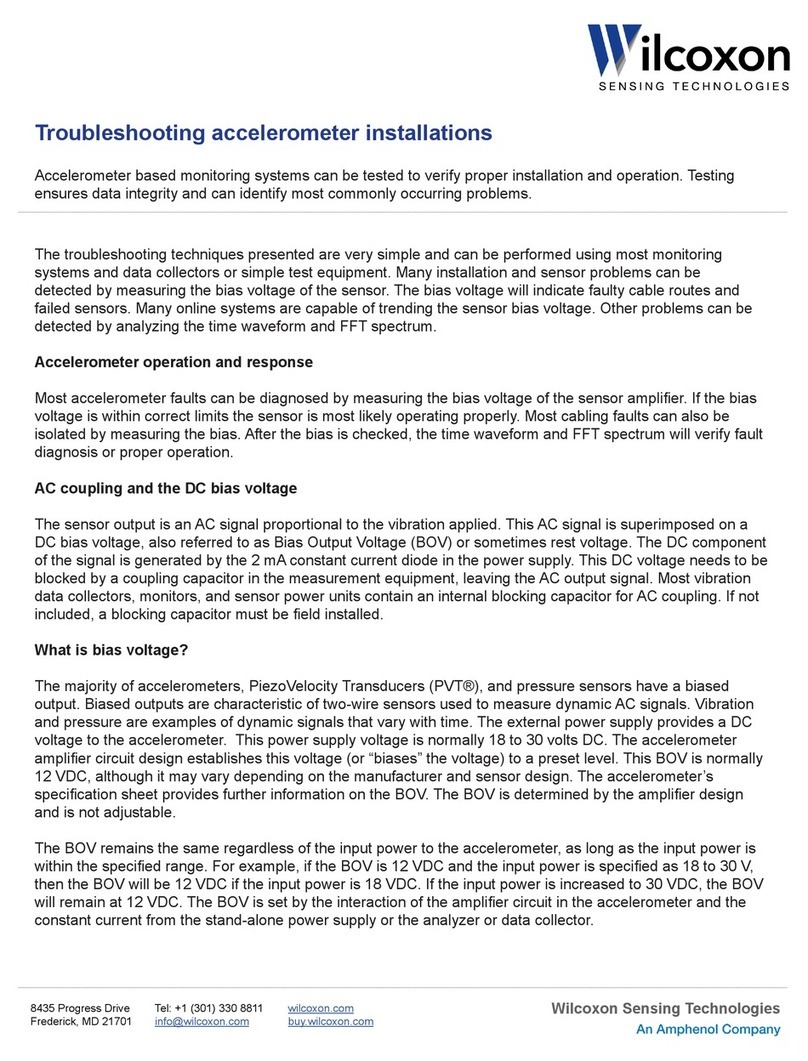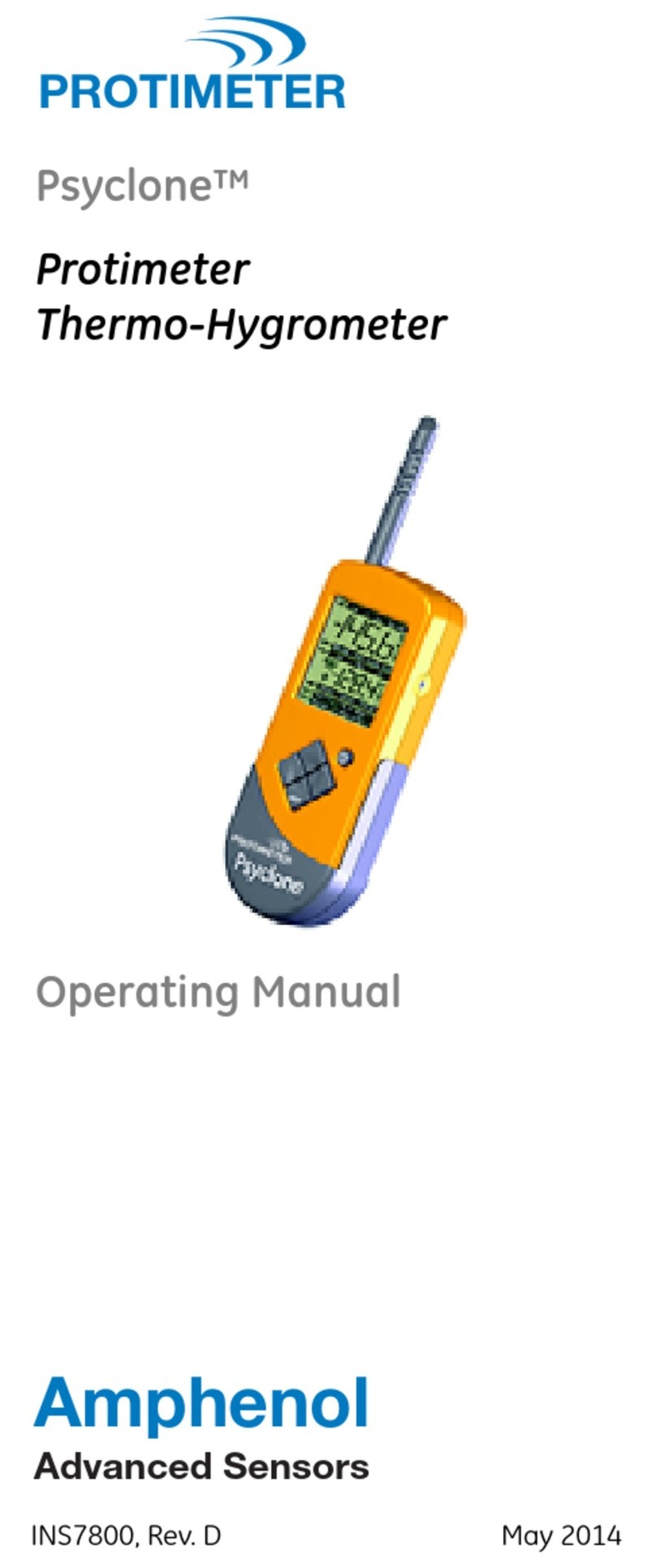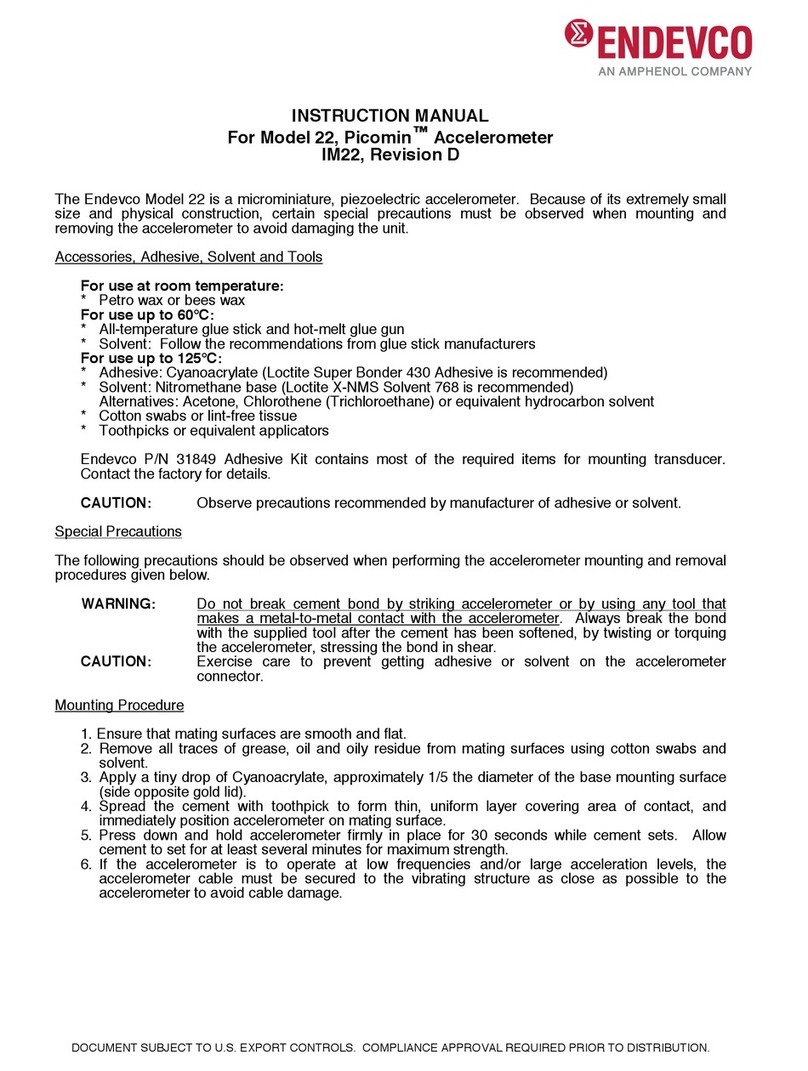
Level Plus® LLH
Operation Manual
I7 I
5. Product overview
The Level Plus LLH satisfies the demand for an accurate and robust
liquid level transmitter for sanitary/hygienic applications. The LLH can
provide product level and/or interface level in a compact mechanical
design. There is no requirement for scheduled maintenance or
recalibration for the expected 10 year life of the sensor. Set it and
Forget it.
The LLH liquid level transmitter can be mounted on most tanks
offering NPT and Tri-clamp connections from 3/4 to 6 inches. The LLH
also offers a variety of outputs including Analog, CANbus, SSI, IO-
Link, Powerlink, ProfiNet, Ethernet IP, and EtherCat. Included in the
model number is the selection of float(s) and cable. The single model
number offers everything needed for level measurement in a variety of
applications.
Applications
• Sanitary Finish Ra 25 uin (0.64 um)
• Product Level
• No scheduled maintenance or recalibration
• Inherent Accuracy +/- 0.5 mm
• IP69K
• 100 g Shock/15 g Vibration
Features
• Bottle Filling Machines
• CIP Tanks
• Skids
• Balance Tanks
• Fermentation Tanks
• Dispensing
5.1 Components
The Level Plus®LLH liquid level transmitter consists of three main
components; a base model, float, and process connection. Varying the
components of the transmitter allows the transmitter to be customized
to almost any application.
Base Model
The base model of the LLH consist of the housing, M18 threads, M12
connector, 10 mm inner pipe, 5/8” OD outer pipe, and pipe connection
fitting. The drawing of the base model is shown in section 5.7
Technical Drawing.
Floats
LLH transmitters offer numerous floats for different applications
such as stainless steel for product level. For detailed information
about floats, refer to the ‘Accessories Catalog’, (Temposonics Part #
551103).
For assistance with selecting a specific float for your application,
please contact Technical Support with the following information:
• Specific gravity of liquid(s) being measured
• Process temperature
• Process opening size
• Vessel pressure
Process Connection
The LLH is available with multiple connection types and sizes to allow
for mounting on the tank. The options include a 3/4" NPT fitting or a
Tri-clamp available from 1.5 to 6”.
Accessories
Temposonics also offers a series of displays, housings, converters,
and other accessories, please refer to the ‘Accessories Catalog’,
(Part#551103).
5.2 Accuracy
For magnetostrictive transmitters inherent accuracy is measured
in terms of non-linearity. Non-linearity is a measurement of any
imperfections in the waveguide that are reflected in the linearity of
the transmitter’s output. Temposonics tolerances reflect a maximum
non-linearity of +/- 0.5 mm Temposonics is able to achieve such
strict tolerances by manufacturing all of its own waveguide from a
proprietary alloy and testing 100% of all transmitters before shipping.
5.3 Warranty
Important:
Contact Technical Support or Customer Service for assistance if
you suspect that the transmitter is not working correctly. Technical
support can assist you with troubleshooting, part replacement, and
Returned Material Authorization (RMA) information if required.
All Level Plus®transmitters come with a two year limited warranty
from the factory shipment date. An additional extended warranty can
be purchased. A Return Materials Authorization (RMA) number is
required and must accompany any transmitter returns. Any unit that
was used in a process must be properly cleaned in accordance with
OSHA standards, before it is returned to the factory. A Material Safety
Data Sheet (MSDS) must also accompany the transmitter that was
used in any process.
The Temposonics obligation is limited to repair or replacement of any
defective part of the unit. No warranty can be provided for defects
that are due to improper use or above average stress of the product,
as well as for wear parts. Under no circumstances will Temposonics
accept liability in the event of offense against the warranty rules, no
matter if these have been assured or expected, even in case of fault or
negligence of the company.
Temposonics explicitly excludes any further warranties. Neither
the company’s representatives, agents, dealers nor employees are
authorized to increase or change the scope of warranty.



































